Sancerre: A Loire Valley Icon
Tucked into the eastern reaches of the Loire Valley, the hilltop town of Sancerre is home to one of France’s most iconic white wines. Known for its crisp Sauvignon Blanc, the region has become shorthand for elegance, minerality, and precision. But beyond the bottle, Sancerre is also a place—a historic commune with medieval roots, limestone-rich soils, and a commanding view over the Loire River.
Though the Loire Valley stretches some 600 miles from the Atlantic coast to central France, Sancerre sits closer to Burgundy than to the sea. This geographical position matters. While most of the Loire is known for its temperate Atlantic climate, Sancerre is more continental, with hot summers and cold winters. This climate helps preserve acidity while allowing grapes to ripen fully—one of the reasons Sancerre whites are so energetic and refined.
The backbone of Sancerre’s wine identity is Sauvignon Blanc. In fact, for many wine lovers, their first exposure to the grape may have been through a glass of Sancerre. Unlike its more tropical or herbaceous expressions in places like New Zealand or California, Sancerre Sauvignon is leaner and more mineral-driven. Notes of citrus, white flowers, flint, and green apple are typical, with a razor-sharp finish that makes the wine a natural partner for goat cheese and seafood.
Sancerre’s terroir is a patchwork of soils, each contributing subtle differences to the final wines. Three primary soil types dominate the region: terres blanches (Kimmeridgian clay-limestone, similar to Chablis), caillottes (stony, chalky soils), and silex (flint). Wines from terres blanches tend to be rich and round, those from caillottes are light and aromatic, and silex adds the signature smoky, gunflint character prized in top cuvées.
While white Sancerre accounts for the vast majority of production, the appellation also produces red and rosé wines from Pinot Noir. These are often overlooked but can be surprisingly elegant, especially in warmer vintages. Red Sancerre tends to be light-bodied, with bright cherry and spice notes, more akin to Bourgogne than to the fuller-bodied reds of the Loire’s western stretches.
The Sancerre appellation itself was granted AOC status in 1936 for whites and 1959 for reds and rosés. However, wine has been produced here for centuries. The region’s vineyards were first cultivated by the Romans, and by the Middle Ages, Sancerre’s wines were already being shipped to northern Europe. Phylloxera and the World Wars took their toll, but postwar revitalization—especially the replanting of Sauvignon Blanc—put Sancerre back on the map.
Today, Sancerre is both a brand and a place. The name carries weight on wine lists around the world, often without needing much explanation. For consumers, “Sancerre” typically signals a crisp, high-quality white. For sommeliers and collectors, it’s a region rich with nuance, where small producers and specific vineyard sites offer endless variation within a familiar framework.
Compared to its Loire neighbors like Pouilly-Fumé (just across the river) or Touraine, Sancerre commands higher prices and more name recognition. This is partly due to quality and partly to savvy marketing—Sancerre has long benefited from strong exports, especially to the UK and U.S. That said, quality is generally high, and many producers practice sustainable or organic viticulture.
Food pairing is one of Sancerre’s superpowers. The region’s signature goat cheese, Crottin de Chavignol, is a perfect partner for its Sauvignon Blanc—both share a chalky tang and creamy brightness. But Sancerre also plays well with sushi, oysters, asparagus, green salads, and anything that calls for freshness over weight. The reds, light and savory, are ideal with charcuterie or grilled poultry.
In a wine world increasingly dominated by bold flavors and heavy styles, Sancerre’s restraint feels like a palate reset. These are wines of clarity and cut, rooted in place but globally understood. They’re versatile, honest, and unfussy—attributes that have helped Sancerre endure not just as a wine trend, but as a classic.
Visiting the region reinforces this impression. Sancerre is a quiet, postcard-worthy village perched above the Loire, surrounded by rolling vineyards and winding country roads. There are no grand châteaux or flashy wine tourism complexes here—just cellars, cafes, and vignerons who are as likely to be pruning vines as pouring tastings.
Sancerre also acts as a gateway to the broader Loire Valley, one of France’s most diverse and underrated wine regions. From the Chenin Blancs of Vouvray to the Cabernet Francs of Chinon, the Loire offers a mosaic of styles. But in many ways, Sancerre remains its crown jewel—the region that first caught international attention and still holds it.
For those just getting into wine, Sancerre is an ideal introduction: expressive, accessible, and food-friendly. For seasoned drinkers, it offers the kind of subtle complexity that rewards attention. Either way, it’s a reminder that great wine doesn’t have to shout. Sometimes, it just needs to speak clearly.

